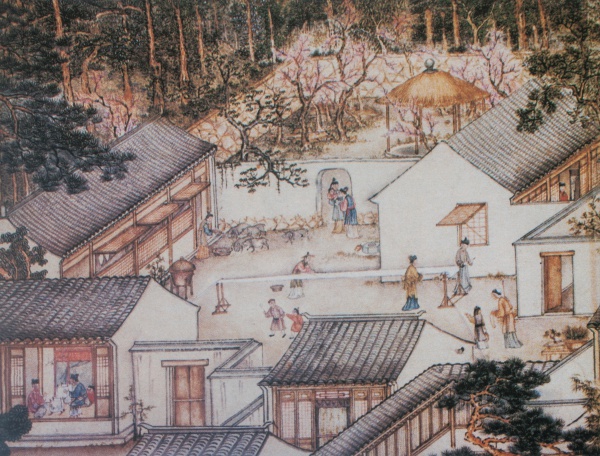Facts About Prosperous Suzhou
"Prosperous Suzhou" is a captivating 18th-century scroll painting by Xu Yang, a distinguished Chinese court painter. Created in 1759, this artwork was originally titled "Burgeoning Life in a Resplendent Age." It offers an enchanting snapshot of urban life in Suzhou, skillfully blending Western perspective techniques with traditional Chinese artistry.
The painting was commissioned by the Qianlong Emperor following his southern tour in 1751, and Xu Yang dedicated several years to bringing this masterpiece to life. In the 1950s, the painting was renamed "Prosperous Suzhou." The scroll extends an impressive twelve meters, designed to be viewed sequentially, taking the viewer on a continuous journey through the bustling city of Suzhou.
Xu Yang masterfully merges Western linear perspective with Chinese compositional methods, providing an intricate and detailed portrayal of Suzhou's mid-18th-century landscape and daily life. The scroll features an inscription by Xu Yang paying homage to the Qianlong Emperor and describes a journey from Mount Lingyan to Tiger Hill in Suzhou. The vibrant scenes are brimming with urban activities, merchants, boats, and architectural marvels, depicting over 4,800 human figures and 2,000 buildings.
"Prosperous Suzhou" has been showcased in various esteemed museums, including the Hong Kong Museum of Art and the Victoria and Albert Museum in London. In 2016, a booklet featuring a painted copy of Xu Yang's original work was published, complete with English explanations of the depicted scenes. This scroll painting is not only a significant historical artifact but also a stunning example of the fusion of Western and Chinese artistic influences, offering a unique glimpse into Suzhou's rich past.

 Myanmar (Burma)
Myanmar (Burma)